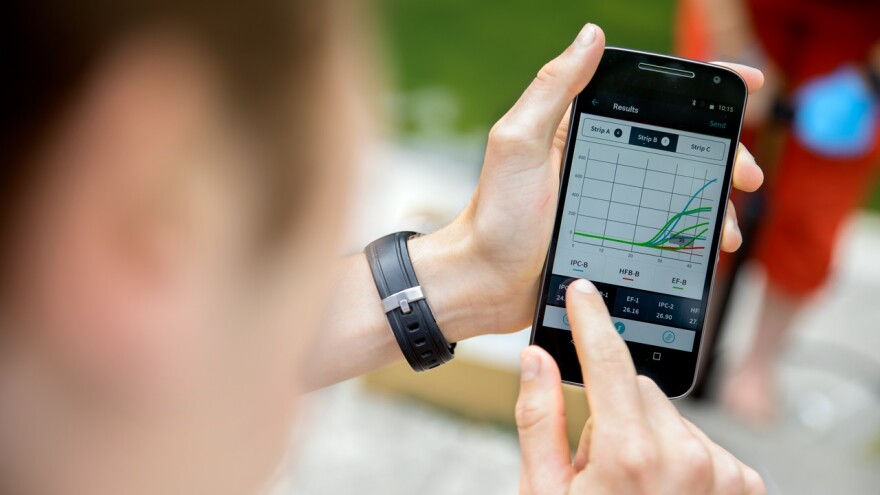Central New Yorkers have grown all too accustomed to occasional beach closures over the summer due to unsafe levels of bacteria in the water. Cornell University and a bio-technology device maker are working on a new and much faster way to test the water and get swimmers back in the lake.
For Ruth Richardson, this is where she says her heart meets her science.
“I am a water lover. It’s always is disheartening to see a beach closed, a family going to a state park and camping and not being able to swim for three days,” Richardson said. “With the status quo monitoring unnecessary closures are definitely happening.”
Richardson is an Associate Professor of civil and environmental engineering at Cornell and a critic of the flawed, impractical system that takes over a day just to evaluate the water sample.
“They take a water sample and they send it to a certified laboratory - it’s not something they do on site - so they transport the sample,” Richardson said. “Usually the next day, 24 hours later, the result is ready and the information is communicated back to the beach operators. So, as you can see, they get the information on today’s water quality tomorrow.”
The Oneida Shores Beach and the Joseph F. William Memorial Park Beach are local examples of waters that have been closed in recent memory due to high levels of bacteria. With beaches closed until the results are in the safe range, Richardson says the current evaluation protocol has a lot of room for growth in order to keep the beaches open longer.
“Those two scenarios combined, both the closure being imperfect, because you get your data late, and then re-openings being delayed naturally by the length of the test. That is an obvious area for improvement.”

This is where the new monitoring device comes in. She and her students have been testing the technology in state park waters near Ithaca for fecal indicator bacteria that can signal the presence of any number of pathogens like E-coli. She says they use a DNA detector made by Biomeme out of Philadelphia.
“It’s done on a handheld device that you charge before you head out into the field and runs off of cellphones,” Richardson said. “The cellphone runs off of the software and collects the data. So, it’s rapid, but it also can be done right on sight. There is no need to transport to a centralized laboratory.”
She says it takes five to 20 minutes to collect a sample for testing, and about 45 minutes to get a result. That means a beach operator could know in under 90 minutes if they can re-open. Richardson says the results are 90 percent accurate compared to the traditional EPA methods. The versatile platform might also be used to detect when algal blooms become toxic, and could impact swimming and drinking water. The implications go beyond New York and even the country. She says they’re collaborating with researchers in Honduras and Kenya and seeking funding to conduct field tests there on drinking water supplies.

“People are bringing their jugs to the local watering hole, the local spring, the local well, there’s really a lot of uncertainty about the quality of those waters. They go largely unmonitored,” Richardson said.
For now, she says they plan to stay closer to home and travel to other state parks this summer to conduct more testing with hopes of working toward state and federal approvals.




